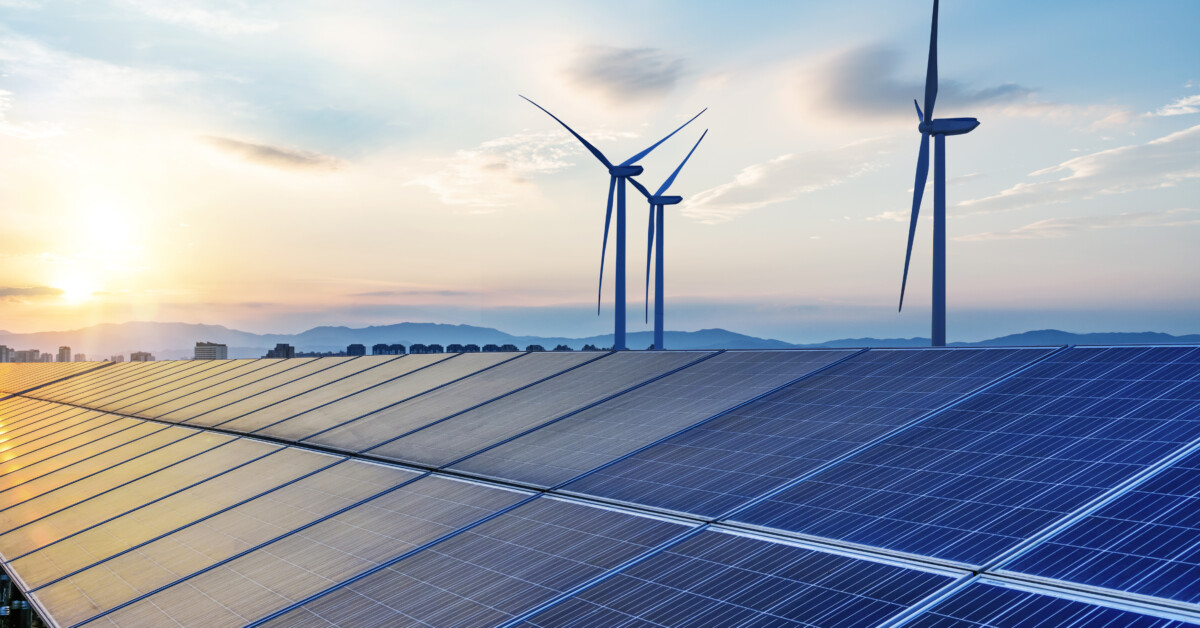
Analysis of Green Energy Subsidies and the Implications for Sustainable Development Goals
Introduction
The ongoing debate in the U.S. Senate regarding the retention of Green New Deal-style subsidies from the Inflation Reduction Act raises critical questions about the nation’s position in the global clean energy race, particularly in relation to China. This report examines the arguments surrounding these subsidies, their historical context, and their alignment with Sustainable Development Goals (SDGs), emphasizing the need for prudent policy decisions.
Lobbyist Arguments and the China Factor
Lobbyists have intensified efforts by invoking concerns about China’s advancement in clean energy technologies. A recent letter endorsed by prominent organizations such as the American Petroleum Institute and the National Association of Manufacturers highlights the potential negative impact of repealing tax credits for green hydrogen. The letter mentions China seven times, warning that other countries, especially China, could outpace the U.S. in meeting global demand for hydrogen-based energy molecules.
Historical Context of Energy Subsidies
Despite the urgency expressed by lobbyists, historical evidence suggests caution. Since the 1970s oil shocks, multiple subsidized energy alternatives have failed to achieve sustainable market success without continuous government support. Key points include:
- Hydrogen fuel, often touted as a future solution, has been under development for decades without reaching commercial viability independent of subsidies.
- Wind and solar energy, which received federal tax incentives starting in 1999, still rely on extensions of these subsidies.
- Other government-supported projects, such as coal-to-gasoline conversion and algae fuels, have been largely discontinued despite initial hype and fears of losing ground to China.
Market-Driven Innovation and Energy Breakthroughs
The most significant recent energy innovation, hydraulic fracturing (fracking), emerged without direct government subsidies, illustrating the potential of free-market mechanisms to drive sustainable energy advancements. This development aligns with several SDGs, including:
- SDG 7: Affordable and Clean Energy – by increasing energy supply through market innovation.
- SDG 9: Industry, Innovation, and Infrastructure – by fostering technological breakthroughs.
- SDG 12: Responsible Consumption and Production – by promoting efficient resource use.
Implications for Sustainable Development Goals
While clean energy subsidies aim to support SDG 7 (Affordable and Clean Energy) and SDG 13 (Climate Action), the persistent reliance on government intervention without market viability raises concerns about economic sustainability and efficient resource allocation. The following considerations are critical:
- Continued subsidies may divert resources from more effective solutions, potentially hindering progress toward SDG 8 (Decent Work and Economic Growth).
- Over-subsidization risks inefficient use of public funds, conflicting with SDG 16 (Peace, Justice, and Strong Institutions) by undermining transparent and accountable governance.
- Encouraging market-driven innovation could better support long-term achievement of multiple SDGs by fostering sustainable economic development.
Conclusion and Recommendations
The evidence suggests that maintaining extensive subsidies for green energy technologies, particularly those with a history of dependency, may not be the most effective strategy for advancing the United States’ sustainable development objectives. Instead, policy focus should consider:
- Reevaluating and potentially repealing subsidies that have not demonstrated market viability.
- Promoting innovation through market-based incentives rather than direct government intervention.
- Aligning energy policies with the broader framework of the Sustainable Development Goals to ensure balanced progress across economic, environmental, and social dimensions.
By adopting these measures, the U.S. can strengthen its position in the global energy landscape while advancing the SDGs effectively and responsibly.

1. Sustainable Development Goals (SDGs) Addressed or Connected to the Issues Highlighted in the Article
-
SDG 7: Affordable and Clean Energy
- The article discusses subsidies for clean energy technologies such as green hydrogen, wind, and solar power.
- It debates the role of government incentives in promoting clean energy development.
-
SDG 9: Industry, Innovation, and Infrastructure
- The article references technological innovation in energy, including fracking and hydrogen fuel development.
- It highlights the role of market forces versus government intervention in fostering innovation.
-
SDG 12: Responsible Consumption and Production
- The discussion on subsidies and their effectiveness touches on sustainable production of energy resources.
-
SDG 13: Climate Action
- Clean energy subsidies aim to reduce carbon emissions and combat climate change, which is implied in the discussion.
2. Specific Targets Under Those SDGs Identified Based on the Article’s Content
-
SDG 7 Targets
- Target 7.2: Increase substantially the share of renewable energy in the global energy mix.
- Target 7.a: Enhance international cooperation to facilitate access to clean energy research and technology.
-
SDG 9 Targets
- Target 9.5: Enhance scientific research and upgrade technological capabilities of industrial sectors.
-
SDG 12 Targets
- Target 12.2: Achieve the sustainable management and efficient use of natural resources.
-
SDG 13 Targets
- Target 13.2: Integrate climate change measures into national policies, strategies, and planning.
3. Indicators Mentioned or Implied in the Article to Measure Progress Towards the Identified Targets
-
Indicators Related to SDG 7
- Share of renewable energy in total final energy consumption (implied by discussion of wind, solar, and hydrogen energy).
- Amount of government subsidies or tax credits allocated to clean energy technologies (implied through discussion of Inflation Reduction Act subsidies).
-
Indicators Related to SDG 9
- Research and development expenditure in the energy sector (implied by references to innovation and technological breakthroughs like fracking).
- Number of clean energy patents or technological advancements (implied).
-
Indicators Related to SDG 12
- Efficiency of resource use in energy production (implied by discussion on subsidies and sustainable production).
-
Indicators Related to SDG 13
- Reduction in greenhouse gas emissions from the energy sector (implied by the focus on clean energy and climate action).
4. Table of SDGs, Targets, and Indicators
| SDGs | Targets | Indicators |
|---|---|---|
| SDG 7: Affordable and Clean Energy |
|
|
| SDG 9: Industry, Innovation, and Infrastructure |
|
|
| SDG 12: Responsible Consumption and Production |
|
|
| SDG 13: Climate Action |
|
|
Source: cei.org







